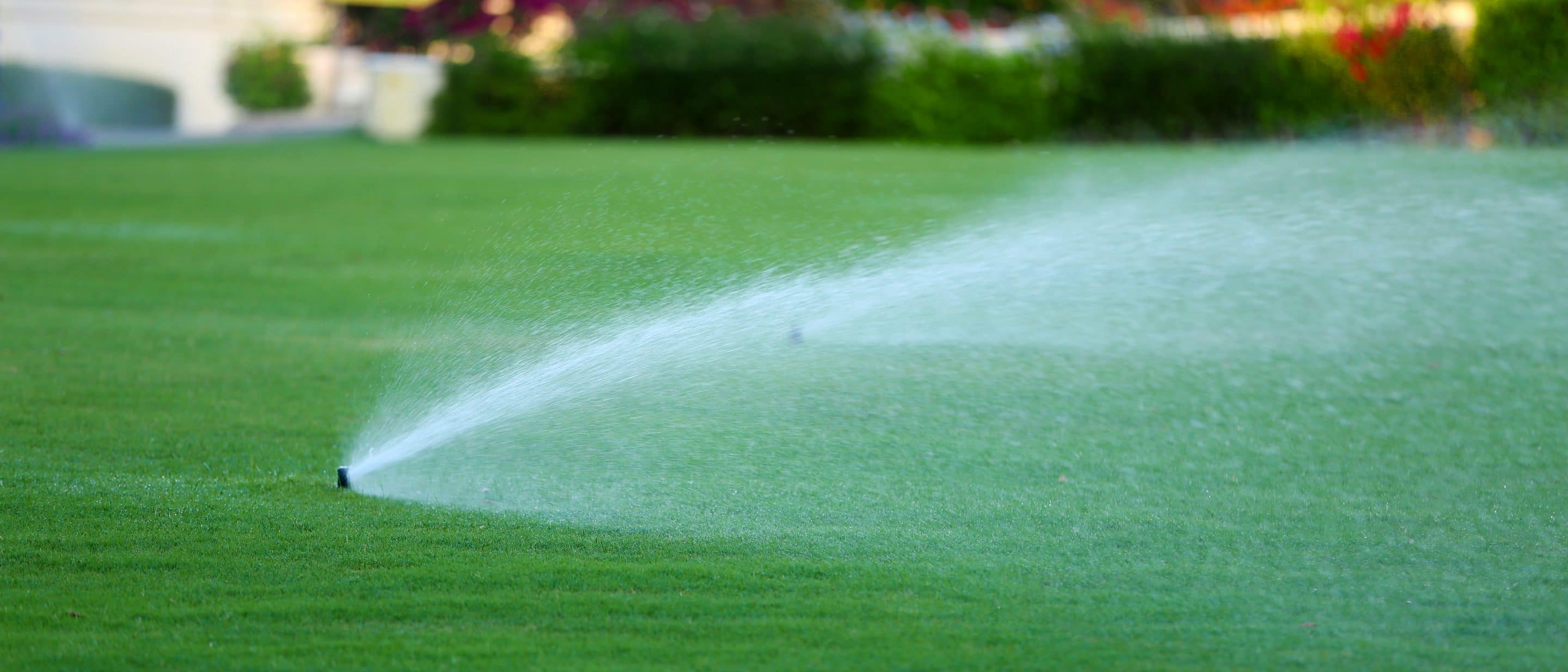Working Out Your Winter Woes: Lawn Care in Winter
Working Out Your Winter Woes: Lawn Care in Winter
Winter is one of the more challenging months for your lawn. With the harsh frost, shorter days and slower growth, lawns tend to struggle when they aren’t cared for properly. However, by slightly adjusting your usual lawn care routine, your yard will make it through the winter and be ready to bounce back to life come spring.
During winter, warm-season grasses tend to go into semi-hibernation. This allows your lawn to survive with less sunlight, but it also means it grows far slower than in the warmer months. Slower growth, however, means that your lawn won’t be able to repair itself easily after damage and will often lose some of its colour.
Depending on your lawn and climate, your winter woes may be slightly different. You may just need to adjust how often you mow, water and fertilise your lawn or you may need to be more vigilant with pulling out weeds. In some cases, you may also need to be wary of the impact of frost and compaction on your lawn. Or, if you’re looking for a way to improve your lawn’s wintercolour, we have a solution for that too.
Adjusting your lawn maintenance during winter
As I mentioned, how you care for your lawn in winter is different to the other months. With less sunlight, your lawn will grow slower and therefore need less mowing as well as require less watering, if any. Most of the mowing you will need to do will just to keep it neat and well-maintained. It’s important to remember the 1/3 rule, even during winter.
The 1/3 rule: No matter the length of your lawn, you should only ever mow a maximum of a third of the total leaf height at one time.
The 1/3 rule helps you to avoid the risk of scalping your lawn. Scalping your lawn in winter can be disastrous as your grass won’t have the capacity to repair itself. Mowing less frequently in winter not only means less work for you but it also keeps the thatch layer from building up too much.
As well as mowing less, your lawn also won’t need as much water. Typically, the dew and natural rainfall will be enough for your grass in the cooler months. There are a couple of things you can do to check if your lawn is getting enough or too much water. The easiest way to check is simply to walk across your grass. If your footprints remain on the lawn after you step away, then your grass needs more water. However, if you step onto your lawn and it feels spongey under your foot then it has received too much water.
If you are considering fertilising during winter, keep it to a minimum. A pick-me-up in the middle of winter will help your lawn be a bit more resilient. Too much, however, will simply be a waste. Your lawn won’t absorb the nutrients and they will just wash away in the rain.

Advoiding compaction
As we tend to receive a bit more rain in winter, your soil is more likely to become compacted. This is particularly the case for high traffic areas.
The best way to avoid compaction is to not leave trampolines, garden furniture or trailers in one spot. Try to move them around every so often to allow each part of your lawn to breathe.
If you do feel like your soil is compacted, it would be best to wait until spring before you aerate it.
Taking care of winter weeds
As your lawn goes into semi-hibernation, weeds take the opportunity to make themselves at home. You should do your best to remove weeds as they appear. If you allow them to overwhelm your lawn, it will have trouble competing for nutrients and you’ll have a tougher time getting rid of them in spring.
Some of the more common winter weeds include Bindii, Winter Grass and Creeping Oxalis. If you have a larger infestation of weeds, you may need to treat them with herbicide. It’s important that you identify the weeds in order to choose the best weed killer for the job.
Minimising the effects of frost
Although you can’t stop frost from effecting your lawn, you can lessen some of the damage. The most visible sign of frost damage is discolouration. The severity of discolouration will mostly depend on your lawn type. Less visible effects of frost damage includes damage to the cell walls, slowing your lawn’s ability to absorb sunlight.
In order to minimise frost damage on your lawn you can:
- Avoid walking on frosted lawn. This will cause the blades to break and do even more damage.
- Lightly water your lawn as the sun rises. Dong this will help your lawn to defrost evenly and make it less likely to brown.
- Use an iron-rich fertiliser. A fertiliser with high iron contents will strengthen the blades of your grass.
Warm-season grasses can be quite susceptible to frost damage but with the right care, they can bounce back during spring.

Do you want to improve your lawn’s wintercolour?
As the days grow shorter in winter, your lawn will have less opportunity to absorb sunlight. With less photosynthesis occurring, your lawn will produce less green pigment and start to lose its lush green colour. Although DNA Certified Sir Walter Buffalo Grass has better winter colour than other varieties of grass, it will still lose some of its colour as winter progresses.
However, there are a few things you can do to improve the wintercolour of your lawn.
- Raise your mowing height. With a taller blade of grass, your lawn has more opportunity to soak up what sunlight it can. With more sunlight your lawn will also produce more chlorophyll which will create the green pigment in your grass.
- Reduce the shade on your lawn. This will also increase the opportunity your lawn has to absorb sunlight.
- Use ColourGuard for a light fertiliser and colourant.
Keep an eye out for the up and coming ColourGuard Plus. The new formula will include a natural grass pigment as will as a liquid fertiliser. With the new addition of liquid fertiliser, ColourGuard Plus functions as a colourant and provides your lawns with vital micronutrients for restoring green pigment. Approved for use in extreme conditions, ColourGuard Plus gives you the best of both worlds; colour and nutrition.

read more!
recent posts
Poolside Turf: Choosing and Maintaining Grass Around Pools
There’s nothing quite like stepping out of a swimming pool onto soft, lush grass. But when it comes to finding the best grass for around a pool, not all lawns are created equal. Chlorine pools, heavy foot traffic, and the unforgiving Australian sun can take a toll on...
Keeping Your Lawn Green and Healthy During the Summer Heat
Discover the best grass options for your lawn with our complete guide. Make informed choices for a lush, healthy yard. Read more to find your ideal grass!
Summer Lawn Weeds: Prevention and Management
Discover the best grass options for your lawn with our complete guide. Make informed choices for a lush, healthy yard. Read more to find your ideal grass!
The Ultimate Watering Guide for Summer Lawns
Discover the best grass options for your lawn with our complete guide. Make informed choices for a lush, healthy yard. Read more to find your ideal grass!




